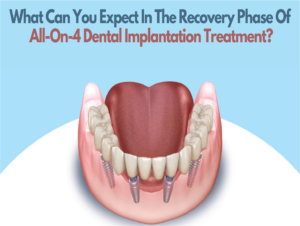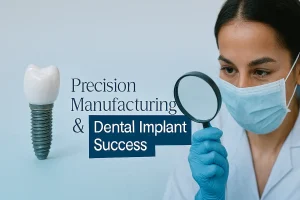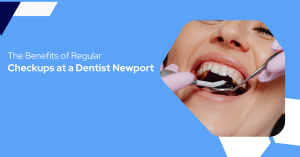Platelet-rich plasma, or PRP therapy, is a non-surgical hair restoration procedure that can help you achieve a complete hairline. People who don’t consider hair transplants can benefit from this productive procedure. You can even have this procedure in a third-world country; simply search for PRP hair treatment in Islamabad, Pakistan.
Receiving treatment for the first time might be difficult, as people have numerous queries in their minds.
Therefore, this article will discuss all the useful points about PRP, how it is done, and whether it can regrow hair.
Why does hair fall?
Hair loss occurs for several reasons. Age is the major factor that affects hair growth. Accidents, traumas, and depression can also cause hair loss.
Normal hair loss per day is 100 hairs, but exceeding this limit could be dangerous. Hair loss in abundance can lead to baldness.
How do you define PRP? Can PRP regrow hair?
PRP therapy for hair loss is a non-surgical treatment to reverse hair fall. Mainly, this treatment involves the plasma from your blood.
The procedure follows these steps:
- Drawing blood from your arm
- Processing it and separating its components
- Extracting platelet-rich plasma for the final step
- Finally, injecting into the scalp on bald patches
Platelet-rich plasma is a natural healing agent present in our blood. It is helpful for hair and many other muscle and bone injuries. The protein generated by the platelet-rich plasma promotes growth in tissues that help in hair development.
How can one be a good candidate for PRP therapy?
You will only be advised of the treatment if you are physically fit and eligible. Otherwise, it could be dangerous.
During the consultation, your doctor will examine and discuss with you whether you are a good candidate for the procedure. If any of these are present in you, you will not be allowed to get the treatment:
- Diabetic condition
- Severe scalp infection
- Viral infection
- If you smoke frequently
- If you take blood thinners
- Serious medical issues
Therefore, even if it is the least noninvasive procedure, not everyone can receive it. So, consult your dermatologist before you make the final decision.
Can PRP regrow hair? Is it a permanent hair loss treatment?
PRP can regrow hair if your hair fall is in the first stage and you have sluggish hair follicles available. PRP cannot regenerate hair from scratch, but it can stimulate dormant hair follicles.
Moreover, PRP hair restoration is not a permanent solution to hair loss, but an effective one. It is a long-term remedy for hair fall, and you can conserve the results by follow-up procedures annually.
Furthermore, the results can last up to 12 months and even longer if you care for yourself.
How long does it take for the results to appear?
Usually, obvious results appear four to six weeks after surgery. However, the final effects can take 4-6 months to appear. Furthermore, healing abilities also play a vital role in the appearance of the results.
The desired outcome is sometimes achieved by receiving the therapy more than once. So, the number of sessions you require depends on your hair type and loss.
What factors affect the outcome of the procedure?
Every effective procedure has a few factors that affect its efficiency. Similarly, PRP therapy is also influenced by the following aspects:
- Following the post-treatment recommendation of your doctor.
- Abstaining from unhealthy habits like smoking and alcohol
- PRP therapy is given in collaboration with medications that help boost hair growth, so it is important to take those medications regularly and on time.
- Studies have found that adequate nutrients in the body cultivate hair follicles that promote healthier hair development.
Besides, research is ongoing to identify the treatment’s efficacy and the elements influencing its outcome.
Are there any side effects of PRP hair therapy?
Like every other procedure, the PRP technique for hair loss can sometimes have side effects due to the injections.
- Infection
- Swelling
- Injury of nerve or blood vessels
- Itching
- Headache
- Pain at the injection site
- Allergy
Not every patient who undergoes the treatment encounters side effects, as everybody reacts differently to the treatment. However, these are the potential side effects that are likely to occur. You are recommended to contact your doctor in the event of severe side effects.
How safe is PRP hair restoration therapy?
PRP therapy is considered safe for its good candidates as the plasma is obtained from the body. No external source lends the platelet-rich plasma, so it is mostly safe. Nevertheless, in a few cases, side effects have been observed. It is also important to understand how hormonal changes might impact hair health, such as exploring the question: does trt cause hair loss.
PRP hair treatment is effective if taken regularly with follow-up sessions. The success rate is up to 40%. Moreover, receive treatment from a trained doctor to ensure safety during and after the procedure. There are also some alternative solutions for painless hair recovery, like permanent hair wigs, but PRP for hair loss is the best painless treatment.





